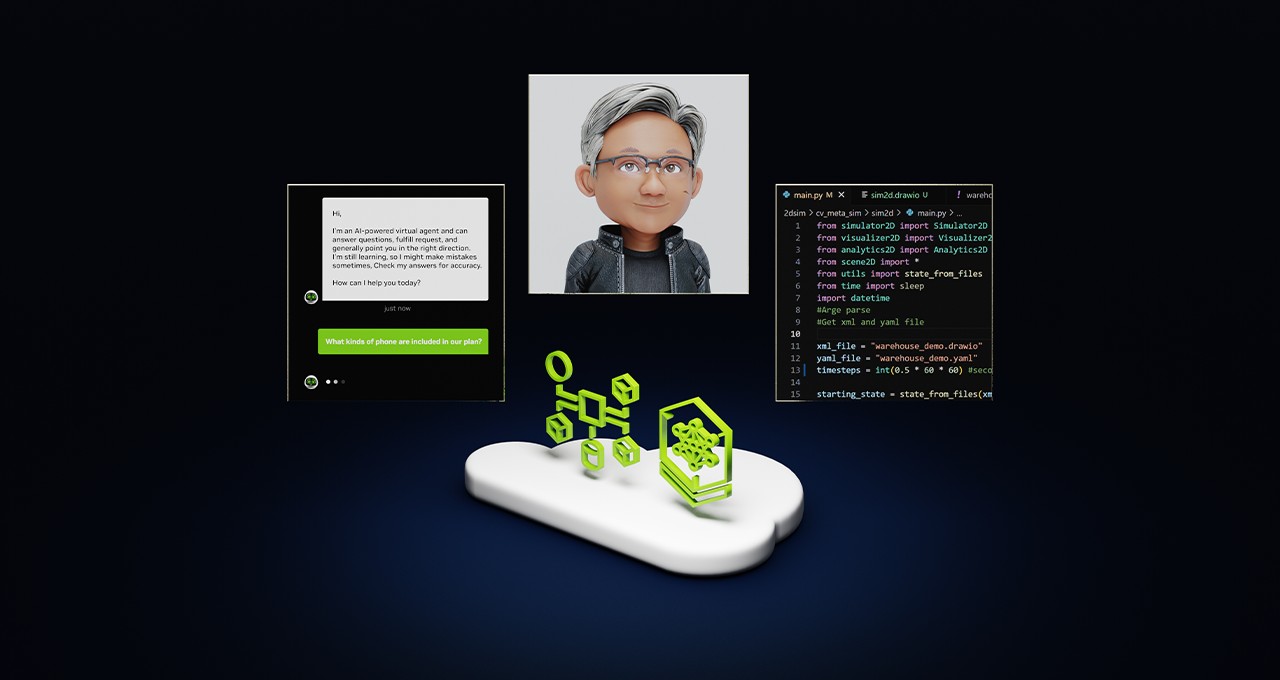
Enterprises across industries are exploring AI to rethink problem-solving and redefine business processes. But making these ventures successful requires the right infrastructure, such as AI factories, which allow businesses to convert data into tokens and outcomes.
Rama Akkiraju, vice president of IT for AI and machine learning at NVIDIA, recently joined the AI Podcast to discuss how enterprises can build the right foundations for AI success.
AI’s Accelerated Evolution
Drawing on over two decades of experience in the field, Akkiraju provided her perspective on AI’s evolution, from perception AI to generative AI to agentic AI, which allows systems to reason, plan and act autonomously, as well as physical AI, which enables autonomous machines to act in the real world.
What’s striking, Akkiraju pointed out, is the acceleration in the technology’s evolution: the shift from perception to generative AI took about 30 years, but the leap to agentic AI happened in just two. She also emphasized that AI is transforming software development by becoming an integral layer in application architecture — not just a tool.
“Treat AI like a new layer in the development stack, which is fundamentally reshaping the way we write software,” she said.
The Critical Role of AI Platform Architects
Akkiraju also spoke about the critical role of AI platform architects in designing and building AI infrastructure based on specific business needs. Enterprise implementations require complex stacks including data ingestion pipelines, vector databases, security controls and evaluation frameworks — and platform architects serve as the bridge between strategic business vision and technical execution.
Trends Shaping the Future of AI Infrastructure
Looking ahead, Akkiraju identified three trends shaping the future of AI infrastructure: the integration of specialized AI architecture into native enterprise systems, the emergence of domain-specific models and hardware optimized for particular use cases, and increasingly autonomous agentic systems requiring sophisticated memory and context management.

Leave a Reply